Grow Solar Part 3: Incentives for Solar
Click here for Part 2 of our Grow Solar Series, where we talk about the energy efficiency measures we’ve taken to make solar power feasible in each home. 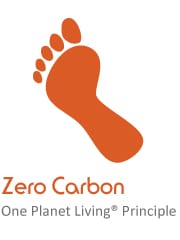
When we set out to build Grow Community, we committed to creating a One Planet community that would allow its residents to live a zero carbon lifestyle without spending extra money or compromising the comforts or quality of life that they desired. We set an immense challenge for our team: to design and build zero-carbon houses that could sell for less than or equal to market price. Our incredible team met that challenge and exceeded our expectations, not only designing zero-carbon, solar powered homes that met our price requirements, but creating homes that are incredibly comfortable and pleasant to live in. The homes are amazing spaces to be in. Seriously. If you haven’t been to the models homes for a tour, check it out. We think you’ll agree.
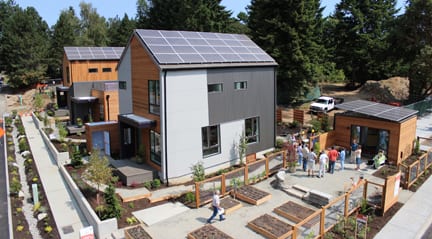 We have an even bigger challenge now. To encourage each and every resident to join us in meeting the One Planet Zero Carbon goal for the community. We think we can do this by making the option to add solar panels to each home an easy choice. With no-money down financing available for the solar package, and a well-established federal and state incentive program that essentially pays for the solar, there really is no reason not to add solar to each house. It is our hope that over time each and every building within Grow Community can be powered by solar, bringing the community as a whole closer to the goal of zero carbon living by 2020. We know it can be done.
We have an even bigger challenge now. To encourage each and every resident to join us in meeting the One Planet Zero Carbon goal for the community. We think we can do this by making the option to add solar panels to each home an easy choice. With no-money down financing available for the solar package, and a well-established federal and state incentive program that essentially pays for the solar, there really is no reason not to add solar to each house. It is our hope that over time each and every building within Grow Community can be powered by solar, bringing the community as a whole closer to the goal of zero carbon living by 2020. We know it can be done.
The idea of tax credits and incentives for the solar package may at first seem complex, but really it is quite simple. The incentives available for renewable energy can be broken down into 3 major parts:
1. The most notable of these incentives is a 30% tax credit provided by the federal government to anyone installing renewable energy (Solar, wind, geothermal, etc.) at their place of residence. As an example, say you purchase a $40,000 solar package. In the first tax cycle after your purchase, you will receive a tax credit (actual cash – not a deduction) of approximately $12,000.
Here is some additional information from EnergyStar on this tax credit.
 2. The second important incentive is provided by Washington State Department of Revenue’s solar power purchase incentive,through Puget Sound Energy (the energy provider on Bainbridge Island). In order to promote both energy efficiency AND Washington manufacturing, solar owners can receive up to $5,000 per year in production incentives until 2020 if they use renewable energy technology manufactured within the state. Grow Community uses solar modules manufactured by Washington-based iTek Energy and solar micro-inverters manufactured by Blue Frog Solar, also a Washington business, in order to maximize this production incentive.
2. The second important incentive is provided by Washington State Department of Revenue’s solar power purchase incentive,through Puget Sound Energy (the energy provider on Bainbridge Island). In order to promote both energy efficiency AND Washington manufacturing, solar owners can receive up to $5,000 per year in production incentives until 2020 if they use renewable energy technology manufactured within the state. Grow Community uses solar modules manufactured by Washington-based iTek Energy and solar micro-inverters manufactured by Blue Frog Solar, also a Washington business, in order to maximize this production incentive.
3. Last, but not least, Puget Sound Energy has a net-metering program where residential homes that use renewable energy can actually provide electricity back to the power grid. Based on typical modeled energy use, by sizing our solar for each home at Grow, and expecting average weather, each resident can end up producing as much as they use. The result? Your averaged annual energy bill – Zero. With potentially rising energy costs over time, the ability to live in a home and not pay for energy has a significant positive impact on annual cost of living – no small consideration.
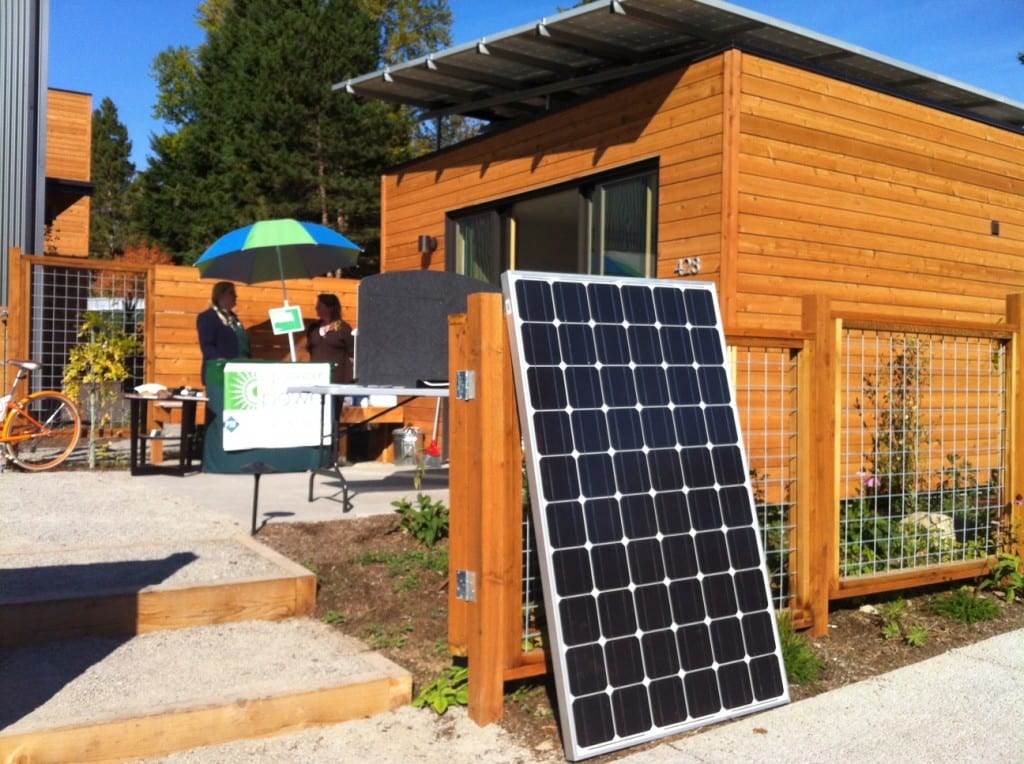 By working with iTek, Blue Frog, and PSE, to craft a solar package specifically tailored for each house, Grow Community homeowners are able to realize all three incentives: tax credits, power production incentives, and no electric bill each year. All this results in a payback of 7 to 8 years and a better return on your money than many current investment opportunities.
By working with iTek, Blue Frog, and PSE, to craft a solar package specifically tailored for each house, Grow Community homeowners are able to realize all three incentives: tax credits, power production incentives, and no electric bill each year. All this results in a payback of 7 to 8 years and a better return on your money than many current investment opportunities.
We think it’s a no-brainer, but we are interested to know what you think. Does it make sense? Do you have questions?
Click here for more information on Washington State solar production incentives.
Stay tuned for Grow Solar Part 4: Financing and Paying off Your Solar Panels.



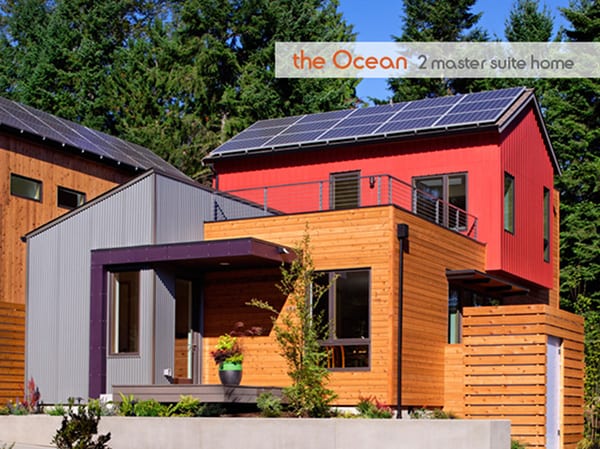


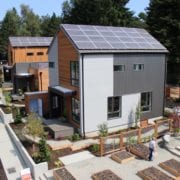
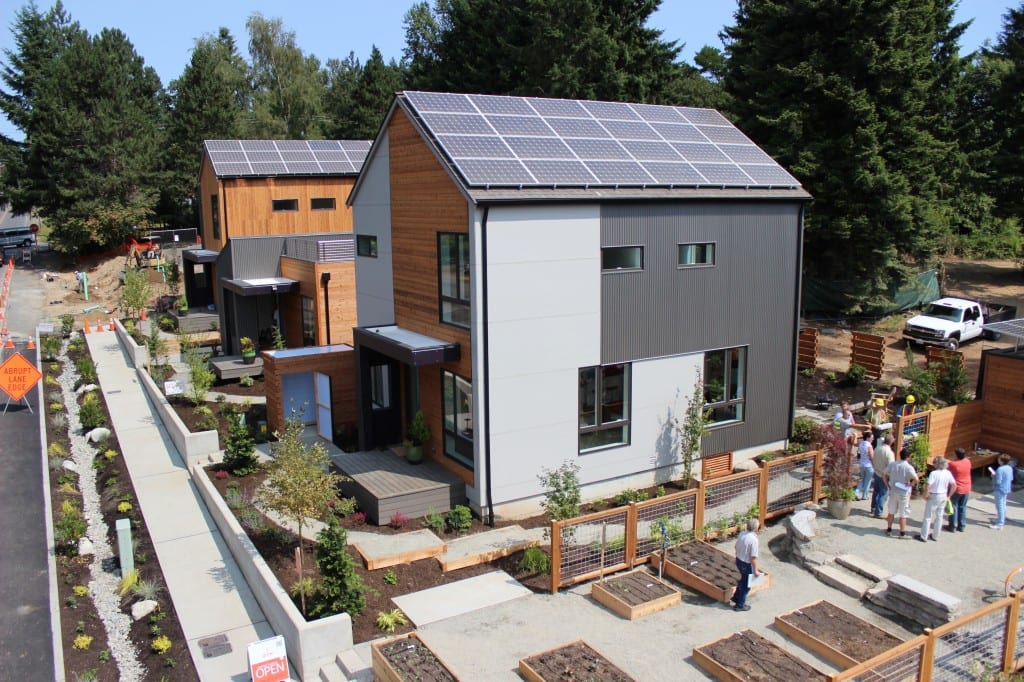 A big part of achieving this goal is the option for each homeowner to install solar on their homes.
A big part of achieving this goal is the option for each homeowner to install solar on their homes.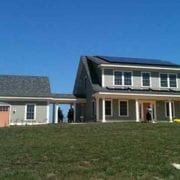

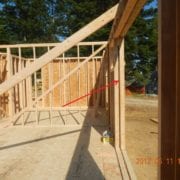
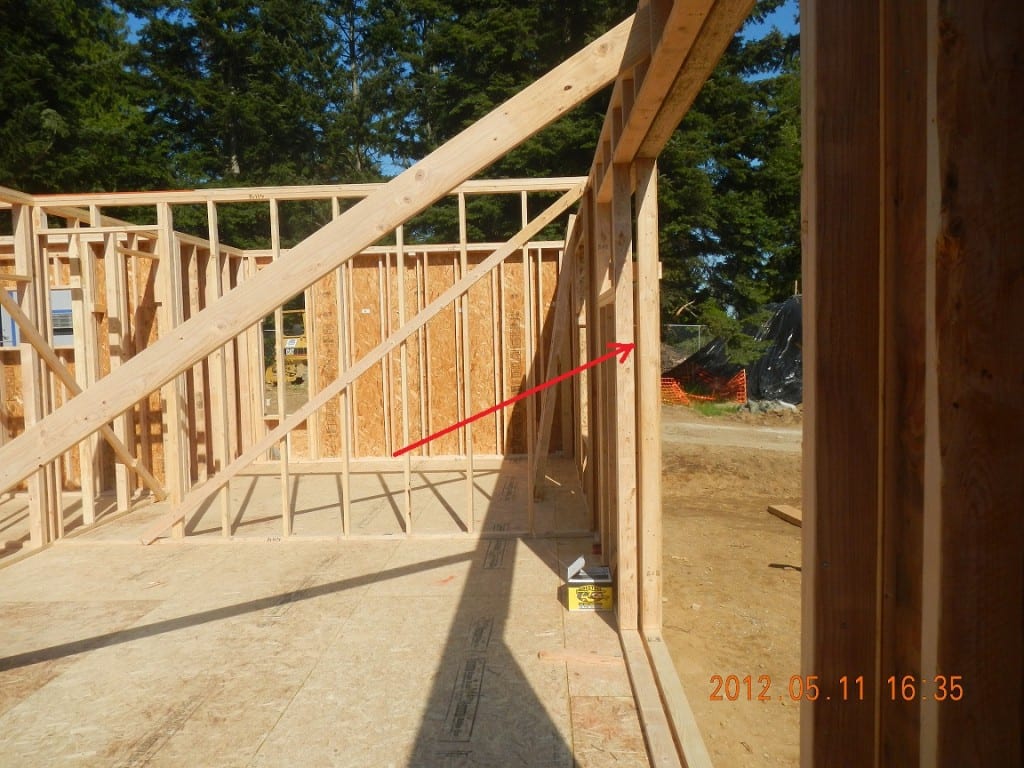 In order to achieve this, it’s necessary to build the savings right into the walls. Creating enough solar energy to power an entire home with the amount of space available on most roofs’ is very difficult, so the goal
In order to achieve this, it’s necessary to build the savings right into the walls. Creating enough solar energy to power an entire home with the amount of space available on most roofs’ is very difficult, so the goal 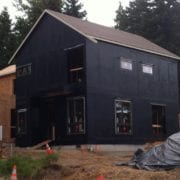
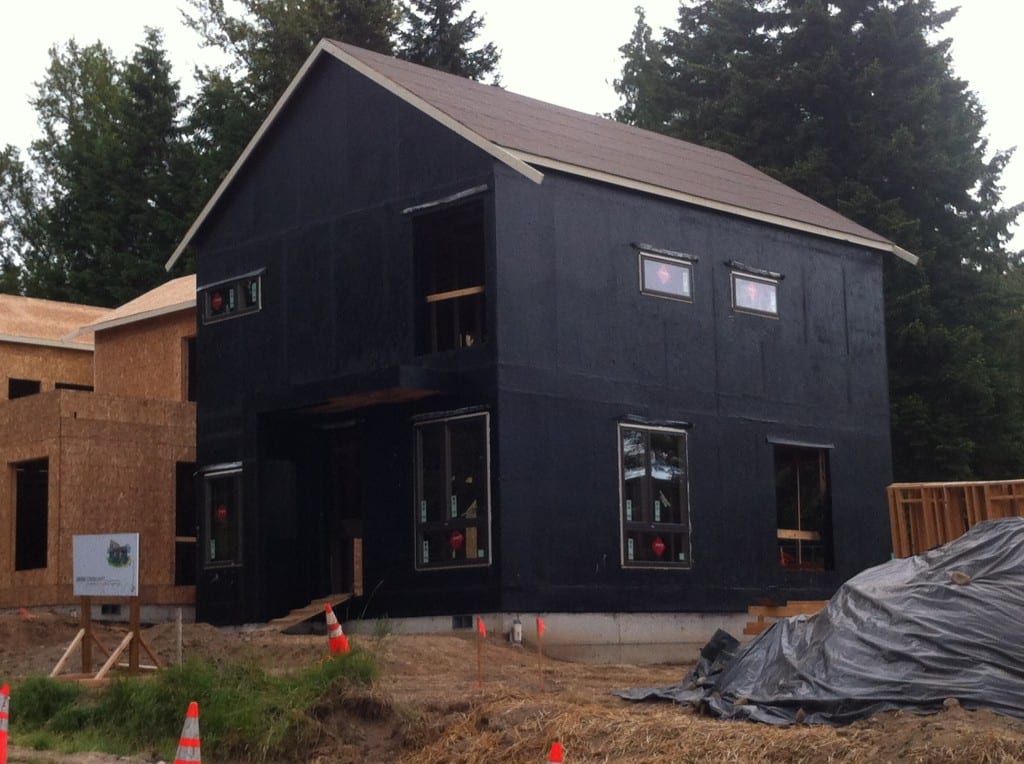 We’ve been getting a lot of questions at the GROW site regarding the new homes being built along Grow Avenue. Mostly, people seem interested in the progress on the site, when the homes are going to be ready for touring, and why they appear to be being painted black and if we plan on leaving them like that. Our Project Manager,
We’ve been getting a lot of questions at the GROW site regarding the new homes being built along Grow Avenue. Mostly, people seem interested in the progress on the site, when the homes are going to be ready for touring, and why they appear to be being painted black and if we plan on leaving them like that. Our Project Manager,